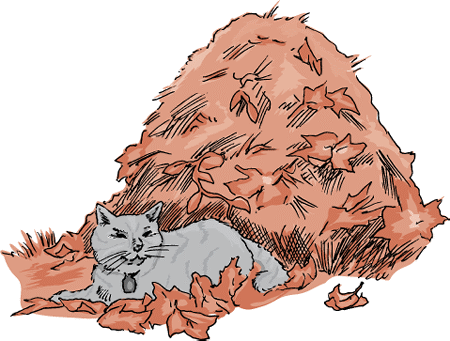Nocardiosis in Cats
- Disorders Affecting Multiple Body Systems of Cats
- Introduction to Disorders Affecting Multiple Body Systems of Cats
- Congenital and Inherited Disorders Affecting Multiple Body Systems of Cats
- Amyloidosis in Cats
- Anthrax in Cats
- Ehrlichiosis and Related Infections in Cats
- Feline Infectious Peritonitis
- Feline Panleukopenia
- Fungal Infections in Cats
- Glanders (Farcy) in Cats
- Leishmaniasis in Cats
- Lyme Disease (Lyme Borreliosis) in Cats
- Melioidosis in Cats
- Nocardiosis in Cats
- Peritonitis in Cats
- Plague in Cats
- Q Fever in Cats
- Tetanus in Cats
- Toxoplasmosis in Cats
- Trichinellosis (Trichinosis) in Cats
- Tuberculosis in Cats
- Tularemia in Cats
Also see professional content regarding nocardiosis.
Nocardiosis is a chronic, noncontagious disease caused by the bacteria of the genus Nocardia. These bacteria are found commonly in soil, decaying vegetation, compost, and other environmental sources. They enter the body through contamination of wounds or by inhalation. Species in this genus are found in temperate regions, as well as in tropical and subtropical areas.
Poor appetite, fever, lethargy, and weight loss are common nonspecific signs associated with all infection sites. Infections in cats are often localized, with lesions beneath the skin, mycetomas, and inflammation of one or more lymph nodes. There may be swelling and inflammation of the gums around the teeth and ulcers in the mouth accompanied by severe bad breath. Nocardiosis affecting the chest often involves pus-producing inflammation of the chest cavity or abdominal cavity. The heart, liver, kidneys, and brain may also be affected.
Your veterinarian will prescribe antibiotics based on identification of the bacteria. Nocardial infections are resistant to some types of antibiotics. Treatment must often be continued for more than 3 months. It is important to continue treatment as directed to allow your pet the best possibility for recovery. The prognosis is guarded due to the long treatment time and the likelihood of relapse.
Resources In This Article
- Disorders Affecting Multiple Body Systems of Cats
- Introduction to Disorders Affecting Multiple Body Systems of Cats
- Congenital and Inherited Disorders Affecting Multiple Body Systems of Cats
- Amyloidosis in Cats
- Anthrax in Cats
- Ehrlichiosis and Related Infections in Cats
- Feline Infectious Peritonitis
- Feline Panleukopenia
- Fungal Infections in Cats
- Glanders (Farcy) in Cats
- Leishmaniasis in Cats
- Lyme Disease (Lyme Borreliosis) in Cats
- Melioidosis in Cats
- Nocardiosis in Cats
- Peritonitis in Cats
- Plague in Cats
- Q Fever in Cats
- Tetanus in Cats
- Toxoplasmosis in Cats
- Trichinellosis (Trichinosis) in Cats
- Tuberculosis in Cats
- Tularemia in Cats







